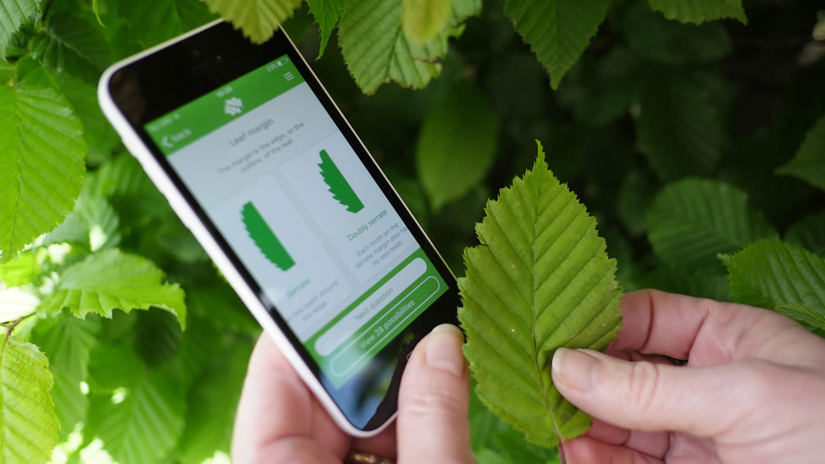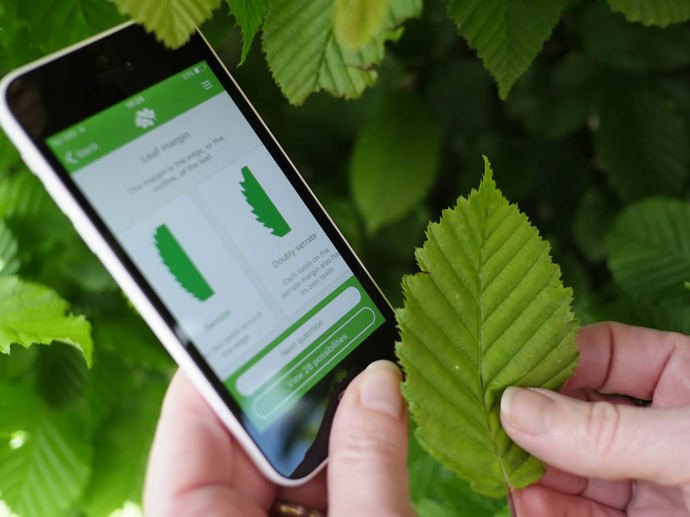Common names: cedar, cedar of Lebanon, Lebanon cedar
Scientific name: Cedrus libani
Family: Pinaceae
Origin: non-native
Stately, aromatic, gigantic. One of the most majestic of all planted trees with its layers of branches and grey-green foliage, cedar is part of the enduring landscape of some of our grandest estates.
Common names: cedar, cedar of Lebanon, Lebanon cedar
Scientific name: Cedrus libani
Family: Pinaceae
Origin: non-native
Cedar is a majestic, evergreen conifer which can grow to 35m. The bark is blackish-brown with closely spaced ridges and cracks, and twigs are brown and slightly hairy. It has a distinct shape, with several trunks and clear horizontal layers in its structure.
Look out for: the cones that form singly and stand upright at the ends of the short shoots. The needles are clustered along the twigs.
Identified in winter by: the barrel-shaped cones which have a flattened top and a papery feel. The clusters of needles are present year-round.

Credit: Nature Photographers Ltd / WTML
Dark grey-green needles with transparent tips, and arranged in spirals around side shoots in rosettes or clusters.

Credit: Andrew Greaves / Alamy Stock Photo
Monoecious (both the male and female reproductive organs are on the same plant). Female cones are green, which develop to purple-grey and finally brown when mature, up to 12 months after pollination. Male cones are small and greyish-green when immature, but lengthen and turn brown when mature. They release pollen into the air.

Credit: Martin Fowler / Alamy Stock Photo
Barrel-shaped cones are 8–12cm long and are often produced every other year.


Download our free Tree ID app for Android and iPhone to identify the UK's native and non-native trees. It's an A-Z tree guide in your pocket.
Cedar is the national emblem of Lebanon and appears prominently in the centre of the Lebanese flag.
Cedar is native to Lebanon and the eastern coast of the Mediterranean and Asia Minor.
It is particularly well adapted to mountainous climates where they receive winter precipitation. In the UK you’ll find it planted in parks and gardens of large estates.
Cedar trees can provide habitats for invertebrates and other animals. As the trees age, cracks and crevices develop within their trunks and branches, providing nesting places for species such as tawny owl, and roosts for bats.
Cedar was thought to represent purification and protection and represents incorruptibility and eternal life. It was apparently a Jewish custom to burn cedar wood to celebrate New Year.

In antiquity, in the Middle East, cedar wood was used to build major buildings, such as temples, due to the tree’s exceptional size and durability. The wood is also a source of an essential oil similar to turpentine and was used to make cough medicines, ointments and antiseptic. Egypt also imported the oil from Lebanon for embalming the dead.
Cedar wood is used as an insect repellent in its native Lebanon and is used in clothes drawers and wardrobes in the UK and around the world as a clothes-moth repellent.
In the UK, cedar was planted in the grounds of nearly every stately home and mansion from the 1740s onwards; however, it is not commonly planted today.
Cedar can be affected by Sirococcus blight of cedar. It’s a serious disease caused by the fungus Sirococcus tsugae. It was first found in England in 2013 and has since been confirmed in Wales and Scotland.
The needles of affected trees turn pink and drop off, their shoots die and they ooze a gum-like fluid. The bark of affected trees can turn from green to dark red or purple.
Cedar may also be susceptible to honey fungus and is prone to aphid attack.